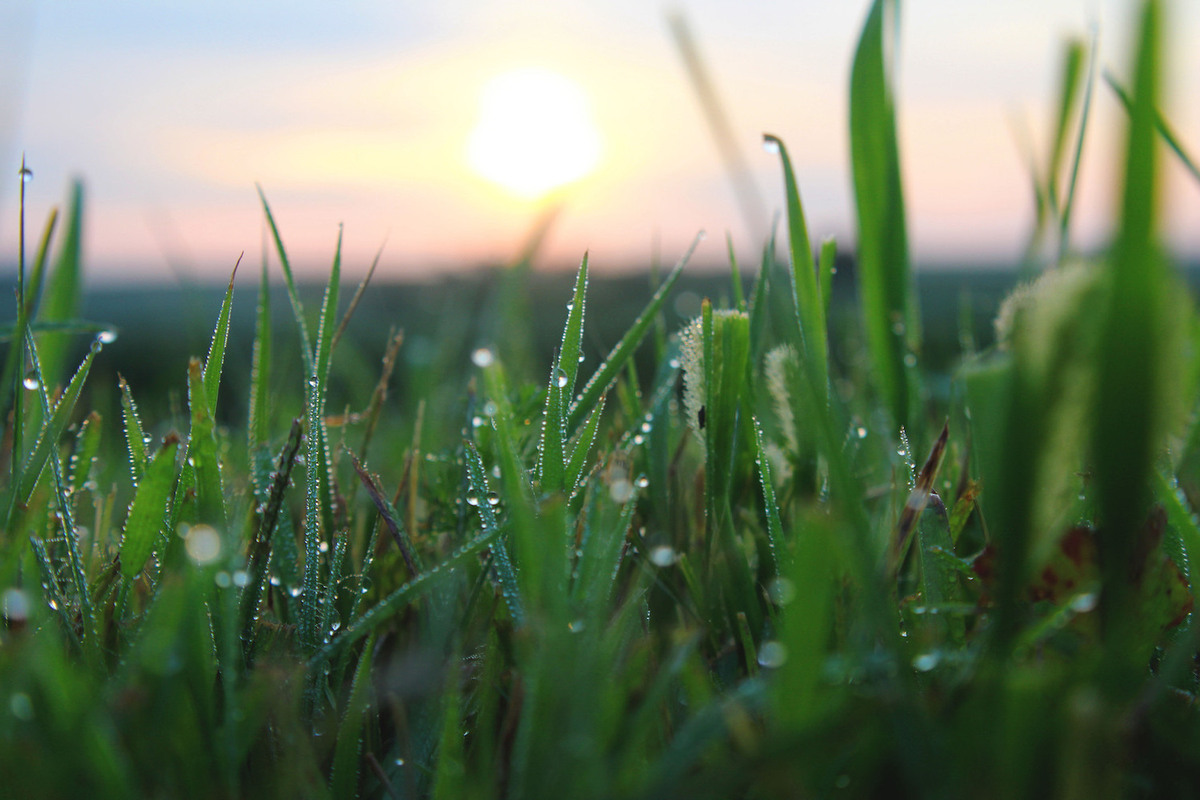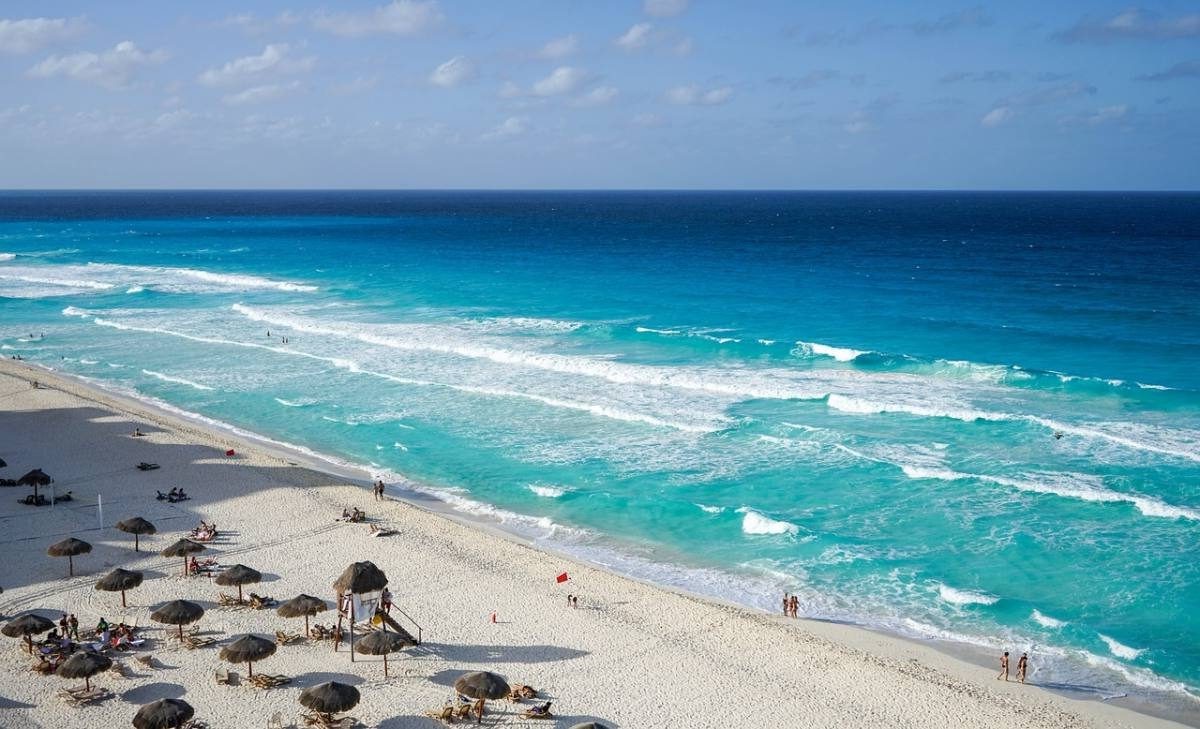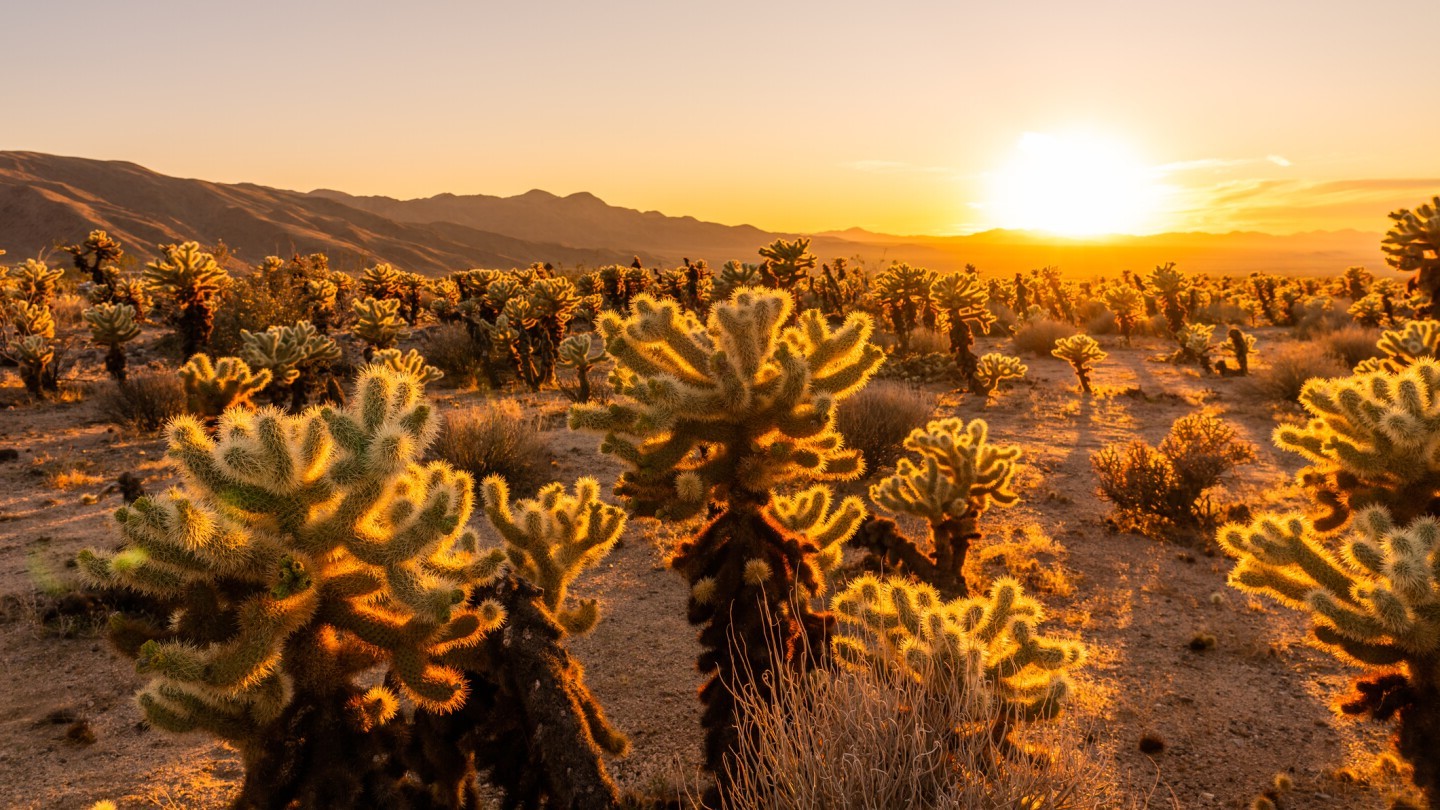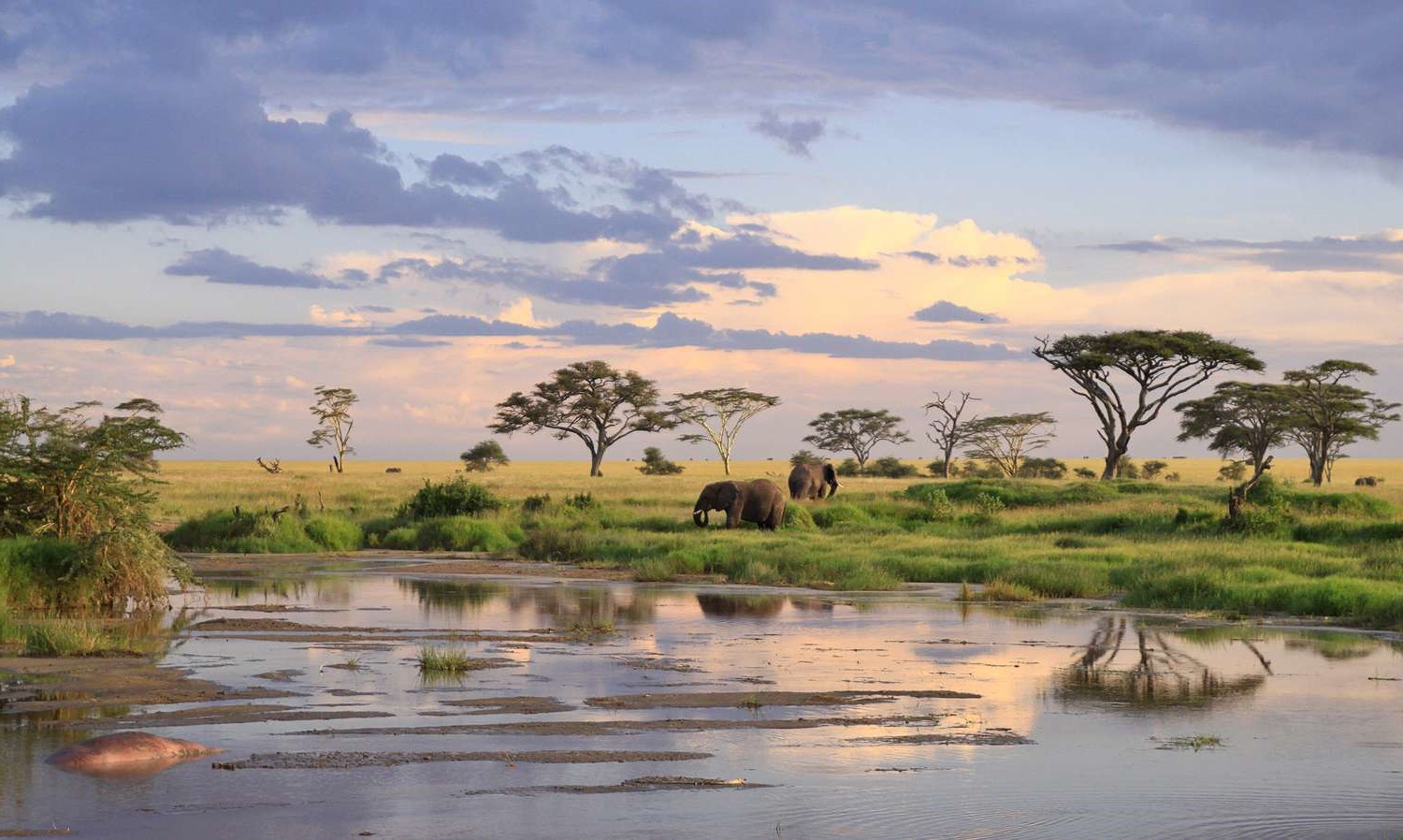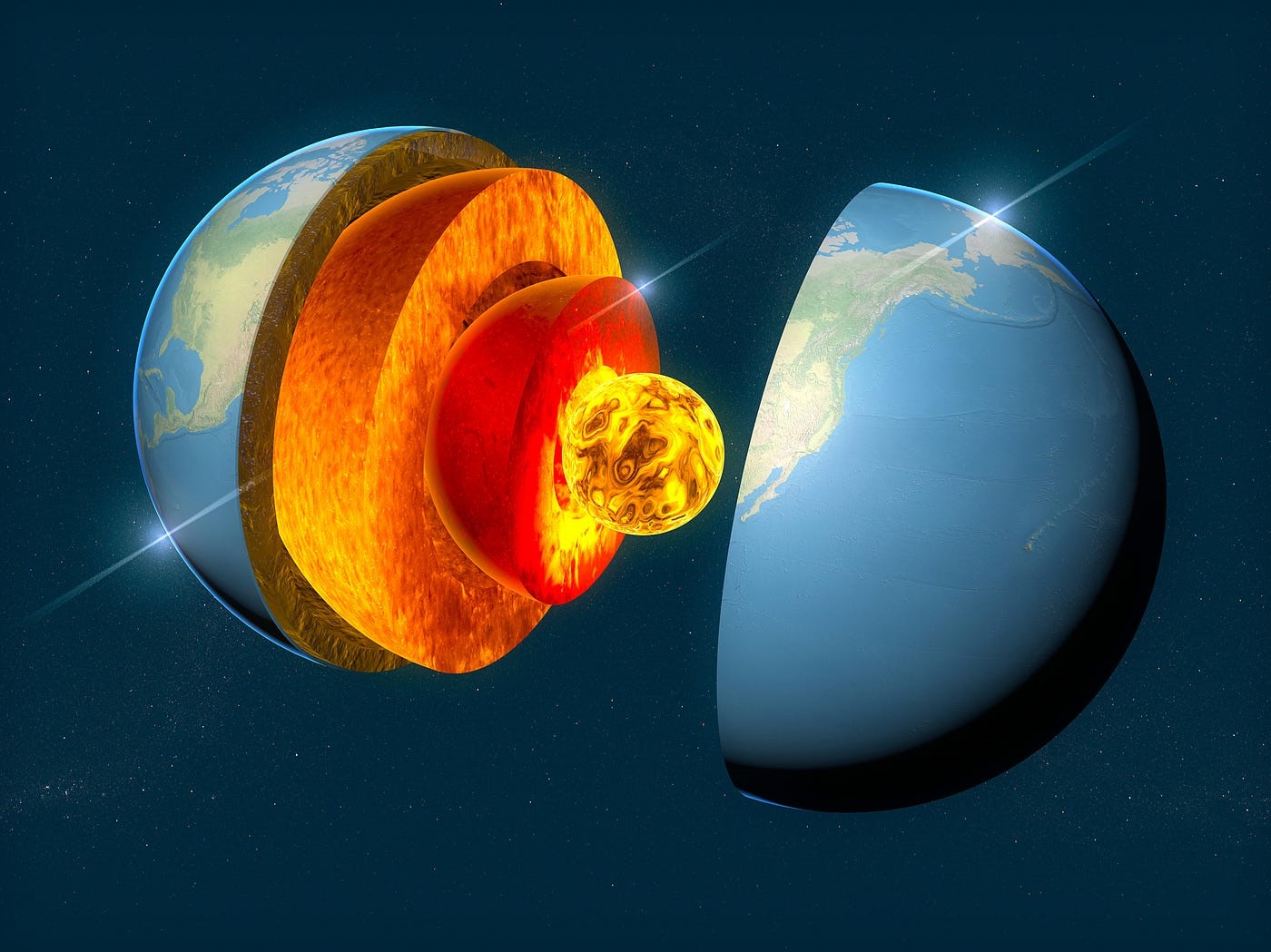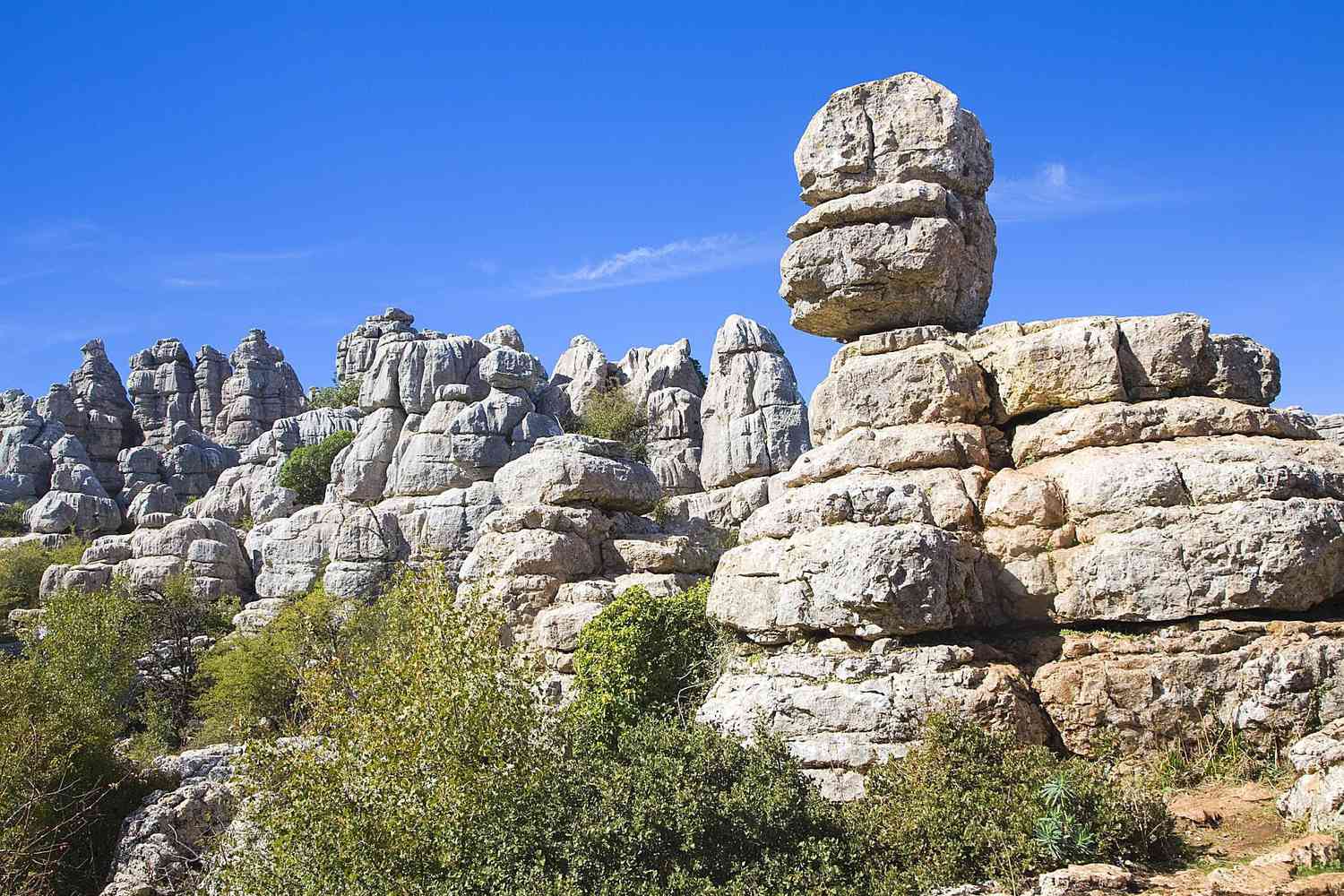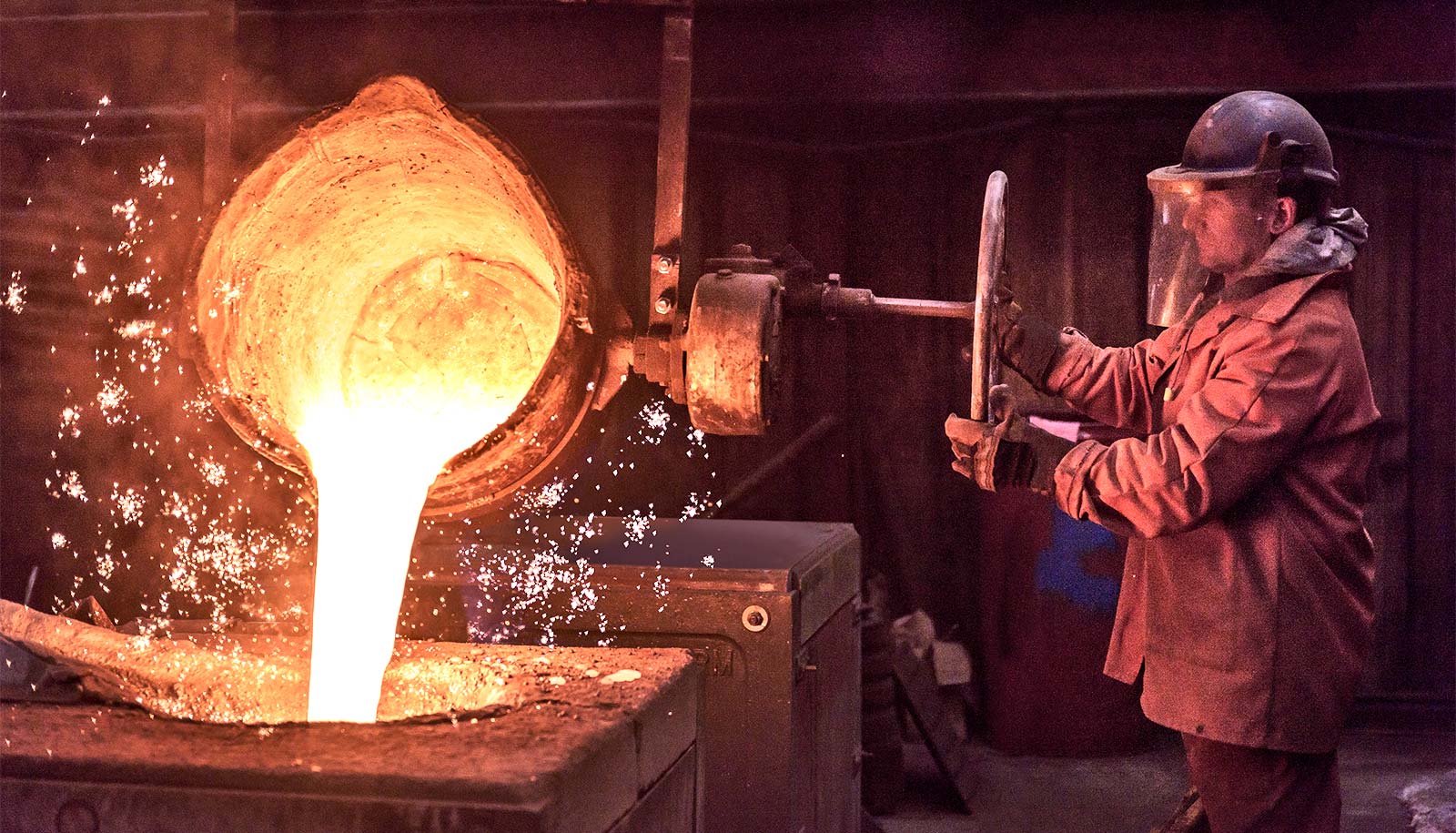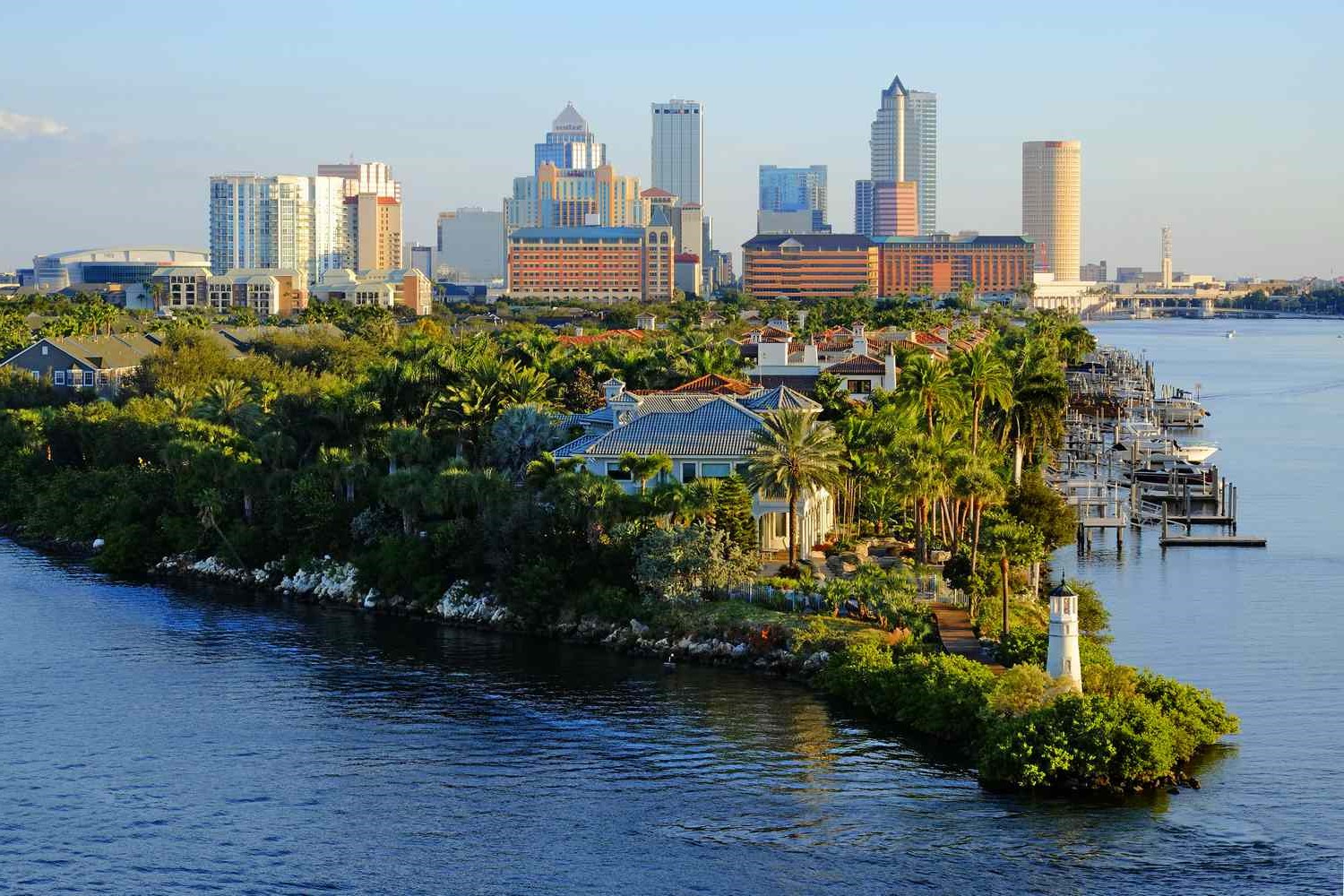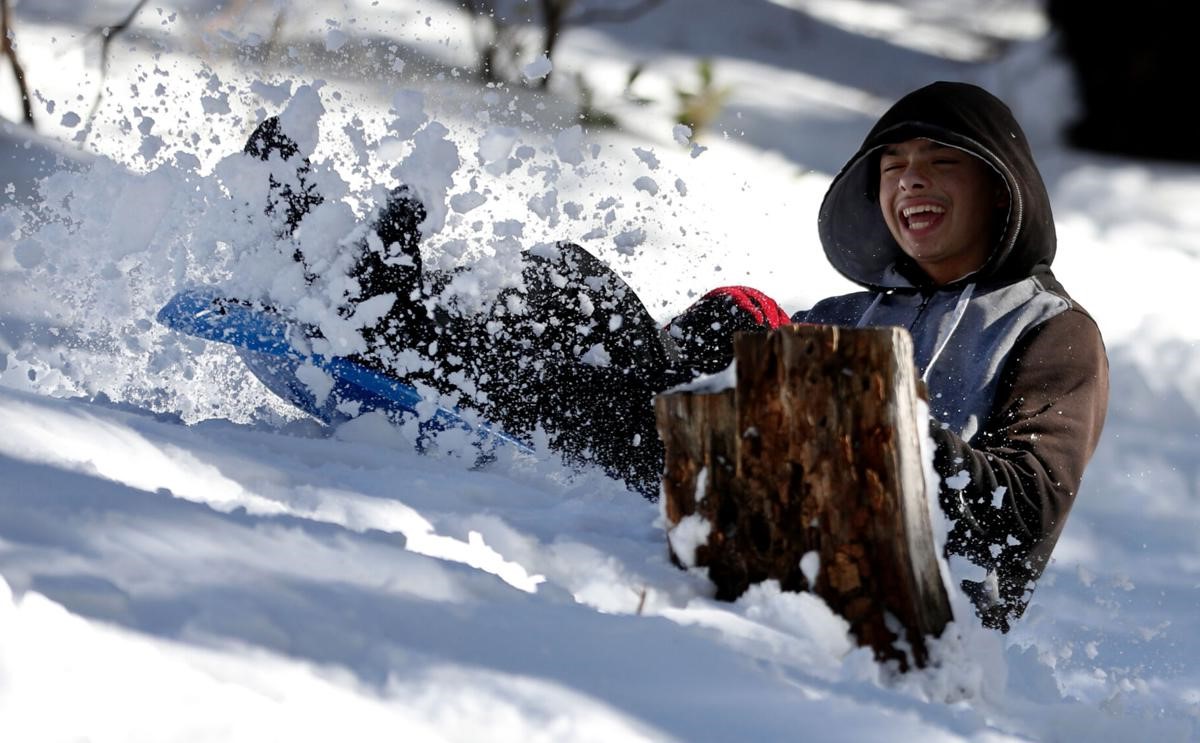Home>Weather and Climate>Why January Dew Points Plummet in Northern U.S. Regions


Weather and Climate
Why January Dew Points Plummet in Northern U.S. Regions
Published: November 16, 2024
Learn why dew point temperatures are exceptionally low in northern U.S. regions during January, exploring the impact of weather and climate conditions.
(Many of the links in this article redirect to a specific reviewed product. Your purchase of these products through affiliate links helps to generate commission for Temperatures.com, at no extra cost. Learn more)
In January, northern parts of the U.S. often experience some seriously chilly weather. But have you ever wondered why ##dew point temperatures## there are so low during this time? Let me break it down for you. Dew point is essentially a measure of ##air moisture##. Lower dew points mean drier air, and in January, these areas are pretty much in the grip of winter.
Cold air can't hold as much moisture as warm air. So, when Arctic blasts sweep down from Canada, they bring super cold but dry air. This is why you'll notice your skin might feel drier, and why you might see your breath as a mist when you exhale outdoors. It's all about the cold air having less capacity to hold water vapor.
Moreover, snow cover, which is common in northern U.S. regions during January, plays a role too. Snow absorbs moisture from the air, keeping the dew point values low. It's a fascinating interplay of temperature, moisture, and seasonal changes that gives us these low dew points. So, next time you're bundling up against the cold, remember, it's not just the temperature that's dropping; it's also the air's moisture content.
